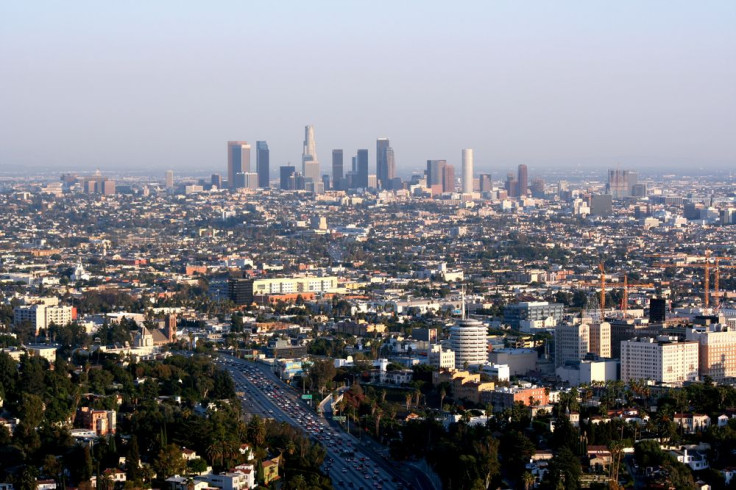How Suburban Sprawl Is Killing The Environment

Suburban sprawl may be killing the environment, according to a new study from the University of California, Berkeley.
The study, published in the journal of Environmental Science & Technology, used local census and weather data to examine the average household carbon footprint of more than 31,000 U.S. zip codes. Co-authors Daniel Kammen and Christopher Jones found that while dense urban areas produce less greenhouse gas emissions per person than other areas of the country, the sprawling suburbs that surround them produce enough greenhouse gases per person to essentially cancel out the benefits of urban centers.
Previous studies found a simple negative inverse relationship between population and average carbon footprint -- that is, the more people live in a given area, the lower each individual’s carbon footprint is. Jones, a University of California, Berkeley doctorate student and co-author of the paper, says he and Kammen were surprised to find that suburbs contributed significantly more greenhouse gas emissions per person than either rural or urban areas.
“This is really good news for cities,” Jones told IBTimes. “There are good examples of low carbon footprint locations at any city size or population density. The trick is figuring out the right set of policies to make low-carbon development happen.”
The study’s findings are available on an interactive map, visually breaking down the average annual carbon footprint in nearly every American zip code. Visitors to the site can also use the study’s data to calculate their own carbon footprint and compare it to the rest of the nation.
Kammen and Jones found a number of reasons why the suburbs contribute so heavily to greenhouse gas emissions. Because suburbs sprawl outward for miles, residents drive much more often, releasing large amounts of greenhouse gases into the atmosphere. And because suburbs offer residents larger homes for less money than in urban centers, suburban residents spend huge amounts of energy heating and powering their larger homes.
So what are the best ways to reverse the current trends and make suburbs greener? While the study mentions that efficient public transit systems are key in reducing the household carbon footprints of major cities, they might not be effective at cutting emissions in suburban areas. Most suburbs are simply too spread out to offer adequate public transit options.
Increasing population density alone would do little to solve the issue as well.
“We have seen that increasing population density is like pouring sand on a map; the more you pour in the middle, the further the sand pile spreads,” Jones said. “For the first time we are starting to see this trend reverse, with young people finally preferring to live in urban centers; however, it will take a long time, far too long from the perspective of global warming, to undo the damage of the last century of development.”
Instead, Jones says, the most effective actions come from changing public policy and adopting new technology. By taxing development based on their social costs, communities can encourage environmentally-friendly development. Expanding commuter rail can cut back on many suburbanites’ drive time, and adopting new green technologies can drastically cut emissions from transportation and power production.
“Suburbs are excellent candidates for a combination of solar photovoltaic systems, electric vehicles and energy-efficient technologies,” Kammen said in a statement. “When you package low-carbon technologies together you find real financial savings and big social and environmental benefits.”
Most importantly, American communities need to adopt these changes on a large scale very quickly if Americans want to fight the growing threat of climate change.
“The climate crisis is urgent. We need 80-90 percent reductions in the coming decades to stabilize the climate,” Jones said. “We urgently need to find solutions that address the needs of communities while meeting aggressive greenhouse gas reductions.
“This will require retraining urban planners to do more than build roads and buildings, but to develop policies and programs that motivate residents to take aggressive climate action in the short term,” he continued. “There are many attractive options available for every community and population segment. Somehow we need to make those options attractive on a massive scale.”
--
(Note: Los Angeles skyline photo by Shutterstock.com.)
© Copyright IBTimes 2024. All rights reserved.






















